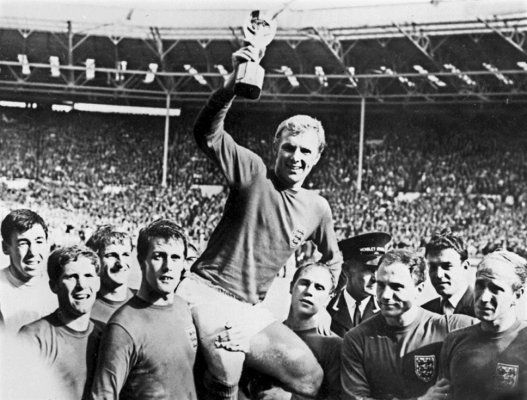I kind of thought that the `Mandela effect` trope had more or less died down since the pandemic - as the same old examples -Berenstain/Berenstein, `Luke I am your father`, and so on keep getting trotted out to the point of exhaustion.
However there is one guy calling himself
All Time who is gamely trying to keep the show on the road. I'll link one of his posts below.
Be warned though: they are horribly moreish! Here are some things I have gleamed through sitting through a few of his postings:
I am not much impressed by the supposed changes in the spelling of brand names. Most of these brand names are bespoke mutations of existing words (eg `Hpnotique`) and so it is natural that our mental image of them will default onto the existing spelling of the nearest related word. This is especially the case when we remember that there is no penalty for getting the word wrong. We just go into a shop and grab the product - we never need to be able to spell the name or even recall it that much.
The Mandela thing generally is very culturally Amerocentric - not a criticism, just a fact - so there is a whole load of references to TV shows films and bits of American historical folklore on which I have no opinion as it is all new to me. Likewise anything involving video games (and there are quite a lot of those).
However, there is a load of stuff that would come into the Exploded Common Misconceptions category. These ones are actually quite educational. Here are some that intrigued me:
* Jules Verne's classic adventure novel
Around the World in Eighty Days does NOT feature the use of an air balloon.
This one is not all that surprising really. Verne was showcasing the cutting edge of transport technology of his time - viz steamers and trains - and how this was shrinking the world. Air balloons are slow and unreliable and don't quite fit with that. (He did write a novel called
Five Weeks in a Balloon however). I believe some of the screen versions have Phileas Fogg going about in a balloon so people are probably thinking of that. What IS a bit strange is that many of the covers of the original novel feature the image of an air balloon though!
* No embalmed mummies were discovered inside any of the pyramids in Egypt! They were all found in buildings near the pyramids but not actually inside them.
This raised my eyebrows , but on reflection it's not all that strange. We learn in primary school that the pyramids are thought to have functioned as tombs. Then we are told about Mummies and how these are the embalmed bodies of deceased leaders. Naturally, not being Egyptologists, we will then put two and two together and imagine the mummies as being located in the pyramids - but it doesn't follow.
* Charles Lindbergh was not the first person to make a transatlantic flight - but actually
the 82nd!
This one was really discombobulating, but it does appear that transatlantic flights themselves were a relatively common feat before Lindbergh came along (including some solo ones). I did some of my own research on this and from what I can gather Lindbergh's real triumph was to fly
from city to city - which involved a longer distance than just going coast to coast as the others did. So this is an example of an historical event being telegraphed into simple language (`The first man to do a transatlantic flight`) thus creating a misconception. Still strange though. Maybe a student of American history can shed more light on this?
Anyway, here's one of All Times videos:





